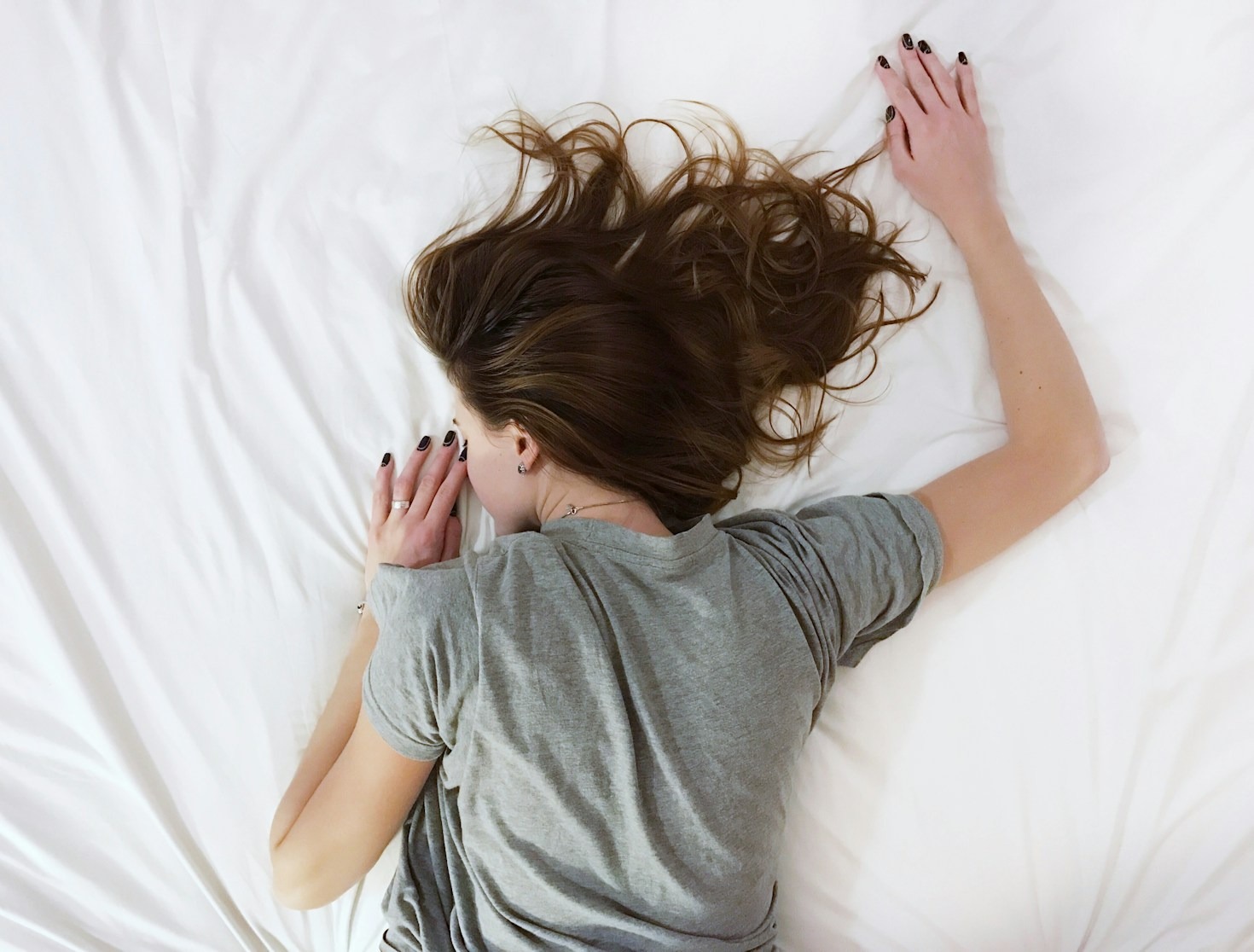Understanding Sleep Apnea
Sleep apnea is a sleep disorder where breathing repeatedly stops and starts during sleep. The most common type, obstructive sleep apnea (OSA), occurs due to airway blockage, often caused by excess weight, muscle relaxation, or structural issues. However, environmental factors can also play a significant role in worsening sleep apnea symptoms.
From air pollution to allergens, environmental conditions can influence breathing patterns, airway inflammation, and sleep quality, making sleep apnea more severe. Understanding these factors can help individuals manage and mitigate their impact.
Key Environmental Factors Affecting Sleep Apnea
1. Air Pollution and Sleep Apnea
Exposure to poor air quality, including pollution from vehicles, industrial emissions, and smoke, has been linked to worsening sleep apnea symptoms.
- How it Affects Sleep Apnea:
- Pollutants such as particulate matter (PM2.5) and nitrogen dioxide (NO2) can cause airway inflammation and respiratory irritation, increasing the likelihood of airway collapse during sleep.
- Long-term exposure can lead to chronic respiratory diseases, further exacerbating breathing problems.
- Ways to Reduce Exposure:
- Use air purifiers at home to filter out airborne pollutants.
- Keep windows closed during high pollution days.
- Avoid outdoor activities in areas with high traffic pollution, especially before bedtime.
2. Indoor Air Quality and Allergens
Indoor environments play a crucial role in sleep quality. Poor air quality inside homes can contribute to inflammation, nasal congestion, and airway obstruction, all of which worsen sleep apnea.
- Common Indoor Irritants:
- Dust mites, pet dander, and mold can trigger allergic reactions, leading to nasal congestion and breathing difficulties.
- Tobacco smoke and chemical fumes from cleaning products can irritate the airway, increasing apnea severity.
- How to Improve Indoor Air Quality:
- Regularly clean and vacuum carpets, curtains, and bedding to reduce dust mites.
- Use HEPA filters in air conditioning units and humidifiers to keep air clean and moist.
- Avoid smoking indoors and use natural cleaning products to limit chemical exposure.
3. Temperature and Humidity Levels
The temperature and humidity of your sleeping environment can also impact sleep apnea.
- Dry Air and Sleep Apnea:
- Dry air can irritate the throat and nasal passages, making airway collapse more likely.
- Low humidity can worsen congestion, making it harder to breathe properly during sleep.
- Excessive Heat and Sleep Quality:
- High temperatures can cause discomfort, excessive sweating, and fragmented sleep, worsening apnea episodes.
- How to Optimize Sleep Environment:
- Maintain bedroom humidity between 30-50% using a humidifier.
- Keep the room cool, around 60-67°F (15-19°C), for optimal sleep.
4. Noise and Light Pollution
Environmental noise and artificial light exposure can interfere with deep sleep, making sleep apnea symptoms more noticeable.
- Noise Pollution:
- Traffic, construction, or household noise can lead to frequent sleep disruptions, reducing sleep quality.
- Poor sleep can increase fatigue, leading to worsened apnea symptoms the following night.
- Artificial Light and Sleep Apnea:
- Blue light from screens (phones, TVs, tablets) can interfere with melatonin production, reducing sleep quality.
- Exposure to streetlights or bright indoor lights at night can cause lighter sleep stages, making apnea episodes more disruptive.
- Solutions:
- Use blackout curtains or an eye mask to minimize light exposure.
- Reduce screen time at least one hour before bed.
- Use white noise machines or earplugs to block out disruptive sounds.
How to Minimize Environmental Effects on Sleep Apnea
To improve sleep quality and reduce apnea severity, consider the following steps:
- Improve Air Quality: Use air purifiers, HEPA filters, and reduce exposure to allergens.
- Maintain Optimal Humidity: Keep humidity levels balanced and avoid excessively dry air.
- Control Light and Noise: Minimize screen exposure before bed and use blackout curtains.
- Create a Comfortable Sleeping Space: Keep your room cool and well-ventilated.
- Monitor Local Air Pollution Levels: Avoid outdoor exposure during high pollution days.
Conclusion
Environmental factors such as air pollution, allergens, humidity, temperature, noise, and light pollution can significantly impact the severity of sleep apnea. By optimizing indoor air quality, controlling noise and light exposure, and maintaining a comfortable sleep environment, individuals can reduce apnea symptoms and improve overall sleep health.




Leave a Reply